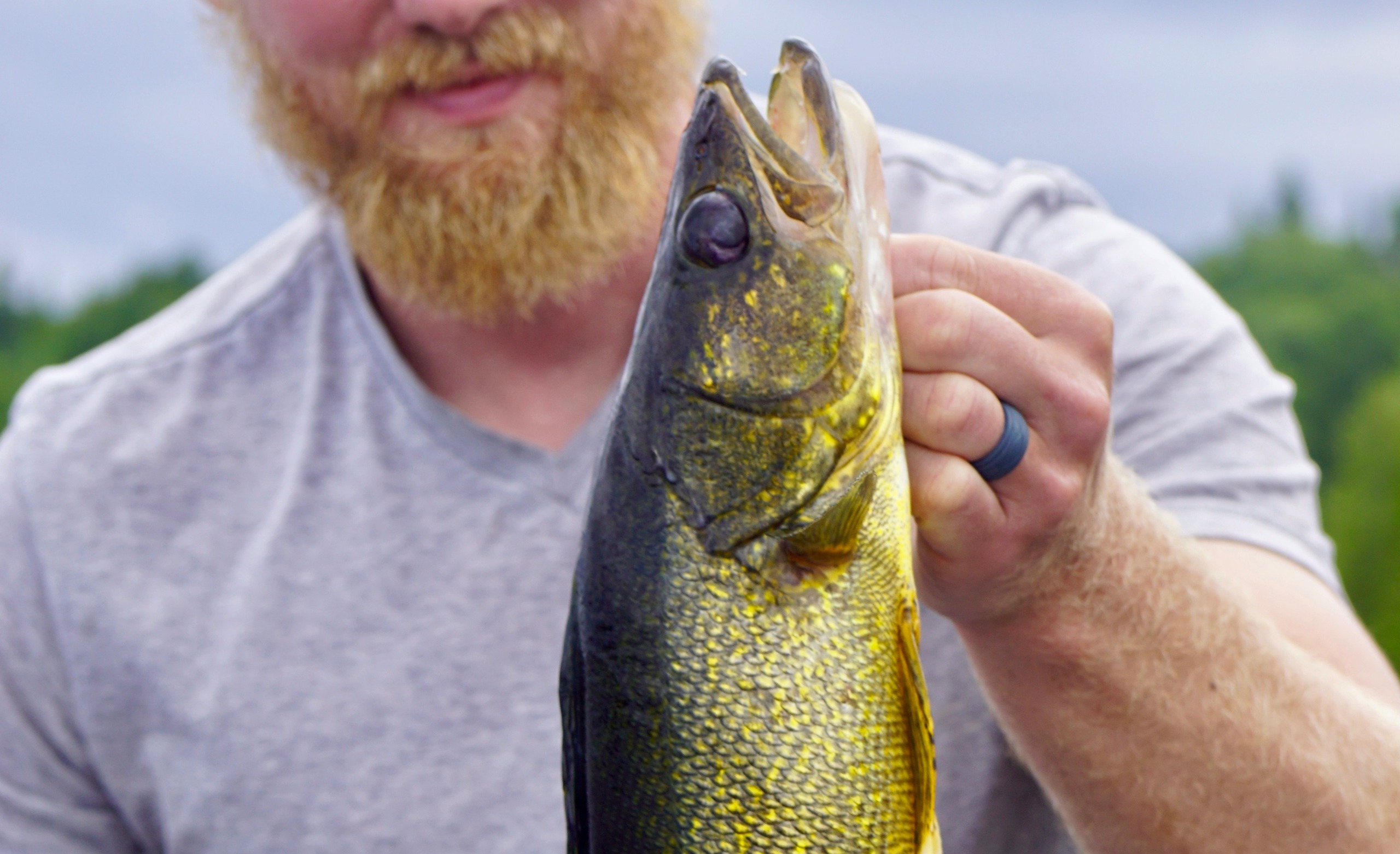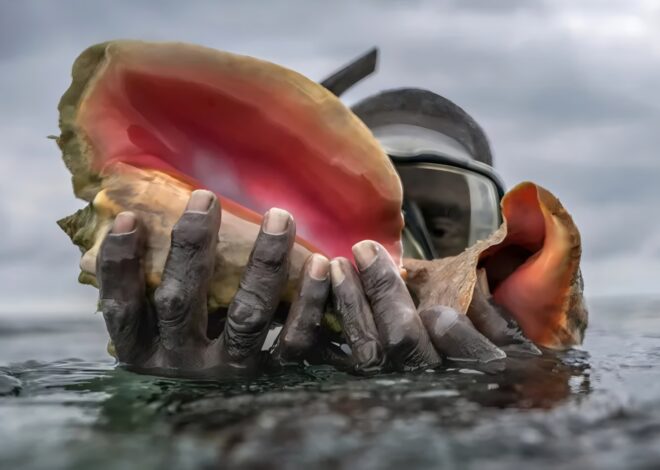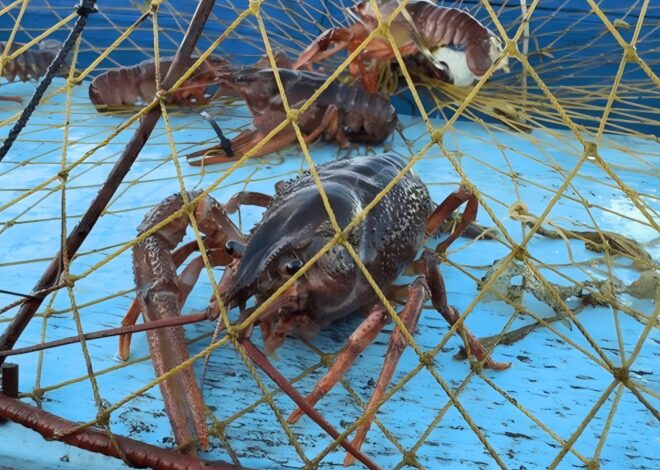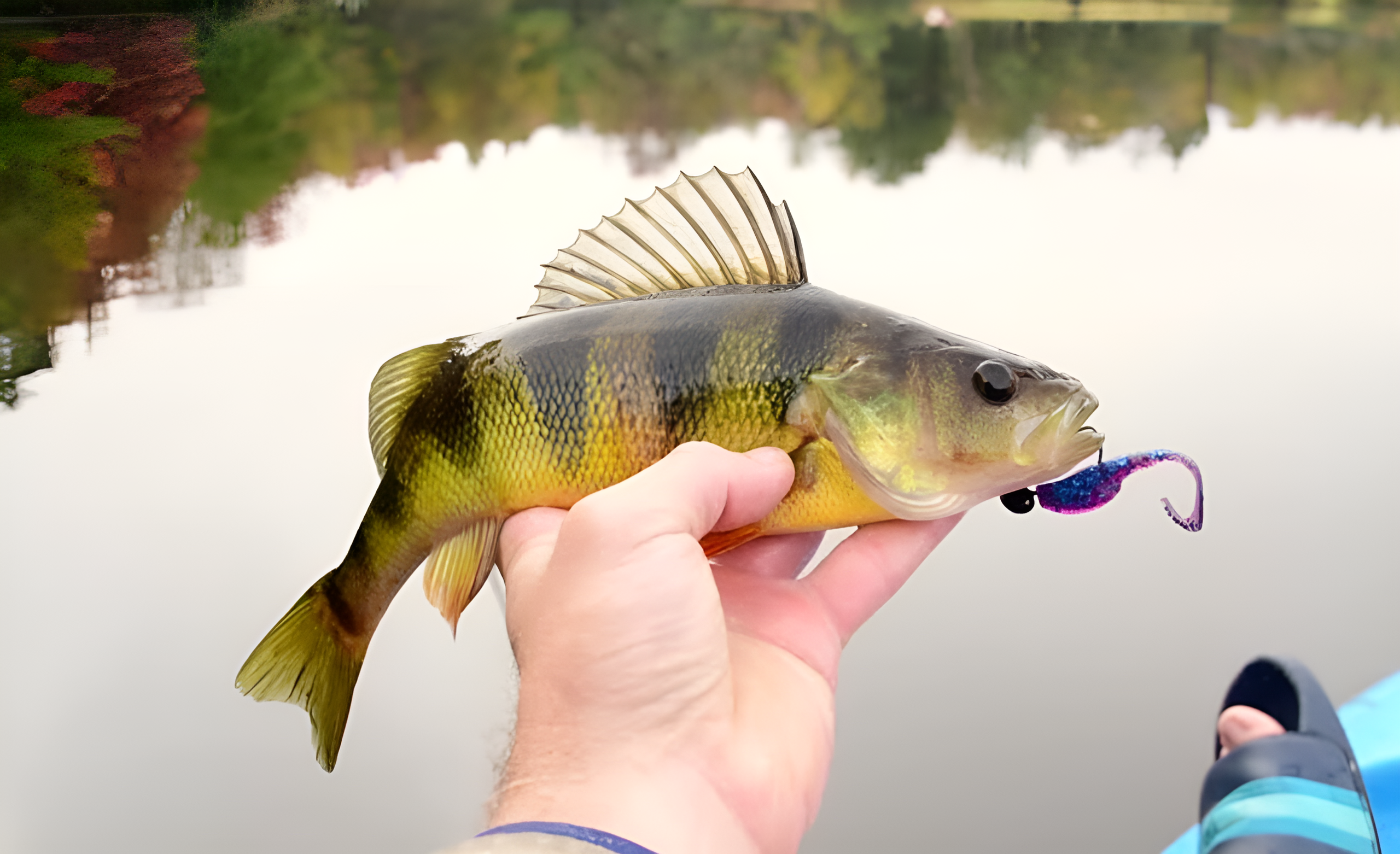
How To Catch A Walleye
Welcome to our step-by-step guide on how to catch a walleye. Walleye fishing is an exhilarating experience that draws anglers from all walks of life. These elusive fish, known for their sharp eyesight and cunning behavior, offer a unique challenge that keeps you on your toes. But what makes catching walleye so enticing?
Perhaps it’s the thrill of the chase or the satisfaction of landing one after hours spent perfecting your techniques. Whether you’re a seasoned pro or just starting out, learning how to catch a walleye can lead to memorable moments on the water. Imagine casting your line into shimmering waters at dawn, waiting patiently as nature unfolds around you.
The anticipation builds with every ripple in the surface, and then—bam! You feel that tug; it’s game time. From understanding their habitat to choosing the right gear and techniques, this guide will take you through everything you need to know about walleye fishing. Get ready to dive into strategies that could help land your next big catch!
Understanding the Behavior and Habitat of Walleye
Walleye are fascinating fish known for their elusive behavior. They thrive in both shallow and deep waters, adapting to varying environments throughout the year. During warmer months, they often move toward shallower areas at dusk or dawn, hunting for baitfish.
This makes early morning and late evening prime times for anglers looking to hook one. In colder seasons, walleye typically retreat to deeper waters where temperatures remain stable. Understanding this seasonal migration is key to successful fishing.
Their keen eyesight allows them to hunt effectively in low light conditions, making them challenging but rewarding targets. Walleye tend to hang around structures like rocks and submerged trees that provide cover from predators while they wait for prey. Recognizing these habits will enhance your chances of landing a prized catch during your next fishing trip.
Essential Gear for Catching Walleye
When gearing up for walleye fishing, having the right equipment is crucial. A medium-action rod paired with a spinning reel will give you the sensitivity and strength needed to handle these elusive fish. Line choice matters too.
Opt for a 10-15 pound test monofilament or braided line for optimal performance in various water conditions. Jigs are indispensable when targeting walleye. Look for options ranging from 1/8 to 1-ounce weights, depending on your fishing depth and current conditions.
Don’t forget to stock up on soft plastics or live bait like minnows—these can make all the difference. A good tackle box is essential for organization. Include tools like pliers, scissors, and a fish gripper designed specifically for handling walleye safely.
Always wear polarized sunglasses; they reduce glare off the water’s surface while allowing you to spot underwater structures where walleye love to hide.
Techniques for Catching Walleye:
Each technique has its unique charm, making them valuable tools in any angler’s arsenal.
– Jigging
Jigging is a popular technique for catching walleye that combines skill with the right gear. This method allows you to effectively target these elusive fish by mimicking their natural prey.
Start by selecting a suitable jig, typically weighing between 1/8 and 1/2 ounce. Choose colors that match the local forage or stand out in murky waters.
Drop your jig to the desired depth, then use sharp, quick motions to raise it. Let it drop back down before reeling in slightly and repeating the process. The erratic movement often triggers strikes from curious walleye.
Keep an eye on your line for any subtle twitches or pulls—they can be nearly imperceptible at times! Experiment with different depths and rhythms until you find what works best for your fishing spot.
– Trolling
Trolling for walleye can be an exciting way to cover large areas of water. This technique involves dragging lures behind a moving boat, mimicking the movement of prey.
Start by selecting the right depth. Walleye often linger near structures or drop-offs, so adjust your lure’s depth accordingly. Use a variety of lures such as crankbaits or spinners to entice these fish.
Speed is essential in trolling. Experiment with different speeds until you find what triggers strikes. Some days they may prefer a slower retrieval; other times, they might chase faster offerings.
Don’t forget about experimenting with colors and sizes too. Bright hues can attract attention during low-light conditions while natural colors excel on sunny days.
Keep an eye on your rod tips for any subtle tugs; walleye bites are often gentle but firm. Patience and persistence will pay off as you navigate through productive waters.
– Drifting
Drifting is a popular technique for catching walleye, especially in larger bodies of water. This method allows your bait to move with the current, creating a natural presentation that attracts these fish.
To drift effectively, start by locating areas where walleye are likely to be lurking—like deep holes or structures near shorelines. Use live bait such as minnows or leeches; they can entice even the most finicky walleye.
It’s crucial to monitor your speed while drifting. Too fast might scare off fish, while too slow may not cover enough area. Adjust your boat’s speed depending on the wind and current conditions for optimal results.
Keep an eye on your line tension during this process. You want just enough slack to feel bites without losing control over your lure. Patience plays a vital role here; sometimes it takes time for walleye to bite when they’re more cautious.
Best Locations and Time of Year for Walleye Fishing
Walleye thrive in various water bodies, making them an exciting target for anglers. Lakes, rivers, and reservoirs all hold potential. Look for areas with rocky bottoms and submerged structures where walleye often hide. Spring is prime time for walleye fishing.
As the ice melts, they move into shallow waters to spawn. Early morning or late evening can be magical moments during this season. Summer brings a shift in behavior as temperatures rise. Walleye tend to retreat to deeper waters during the day but become active again at dusk. This pattern makes night fishing particularly fruitful.
Autumn offers another excellent window of opportunity. Fish start feeding aggressively before winter sets in, so adjust your tactics accordingly. Whether you’re casting from shore or boating out into open waters, timing is everything when pursuing these elusive fish.
Tips and Tricks for Successfully Catching Walleye
To successfully catch walleye, timing is crucial. Early mornings and late evenings are often the best times to hit the water. The low light conditions can trigger their feeding frenzy. Experiment with different bait types.
Live minnows, jigs, and crankbaits all have their place in a walleye angler’s tackle box. Don’t hesitate to change things up if you’re not getting bites. Pay attention to water temperature. Walleye prefer cooler waters between 60°F and 70°F. Monitoring this can help identify prime fishing spots.
Use electronics wisely. Fish finders can be invaluable for locating underwater structures where walleye like to hide. Patience is key when waiting for that elusive strike. Sometimes it takes time before they bite; staying calm and focused will improve your chances of success on the water.
Rules and Regulations for Walleye Fishing
Before you head out for a walleye fishing trip, it’s essential to familiarize yourself with the local rules and regulations. These guidelines ensure sustainable fishing practices and help conserve the walleye population.
Most regions have specific size limits that dictate how large your catch must be to keep. Pay attention to these measurements; violating them can lead to hefty fines. Additionally, some areas implement seasonal restrictions when walleye are spawning. During this time, it’s often best practice or legally mandated to refrain from fishing altogether.
Licenses are another critical component of responsible angling. Make sure you’re equipped with an up-to-date fishing license before casting your line. Always check for any special rules in designated waters—such as no-take zones or restricted gear types—to avoid surprises while on the water.
Safety Precautions for Walleye Fishing
Safety should always be a top priority when fishing for walleye. Before hitting the water, ensure your boat is equipped with life jackets for every person onboard. It’s a simple step that can make all the difference. Weather conditions can change rapidly on lakes and rivers.
Keep an eye on forecasts and have a plan in case of sudden storms. Bring along waterproof gear to stay dry if you do encounter rain. Always carry a first-aid kit stocked with essentials like bandages, antiseptic wipes, and any personal medications. Accidents happen, so it’s best to be prepared.
When using sharp hooks or knives, exercise caution at all times. A minor slip can lead to injury. Also remember to check local regulations about which areas are safe to fish in; some zones may have specific hazards or restrictions.
Let someone know your fishing plans and expected return time for added peace of mind.
Conclusion: The Joy of Landing a Big Walleye
Catching a walleye can be one of the most exhilarating experiences for an angler. The thrill of feeling that tug on your line is unmatched. Those moments when you finally reel in a big one are truly rewarding.
The satisfaction doesn’t just come from the catch, but also from mastering techniques, exploring new waters, and enjoying time spent outdoors. Whether you’re fishing alone or with friends, each trip offers opportunities to learn and connect with nature.
As you continue honing your skills and knowledge about walleye fishing, remember that patience and persistence pay off. Each outing is different, filled with its own challenges and surprises. Embrace every moment on the water; it’s all part of the journey toward landing that prized fish you’ve been dreaming about.
So grab your gear, head out to those prime spots during peak times of year, and savor every bite as you pursue this fantastic sport. Happy fishing!



